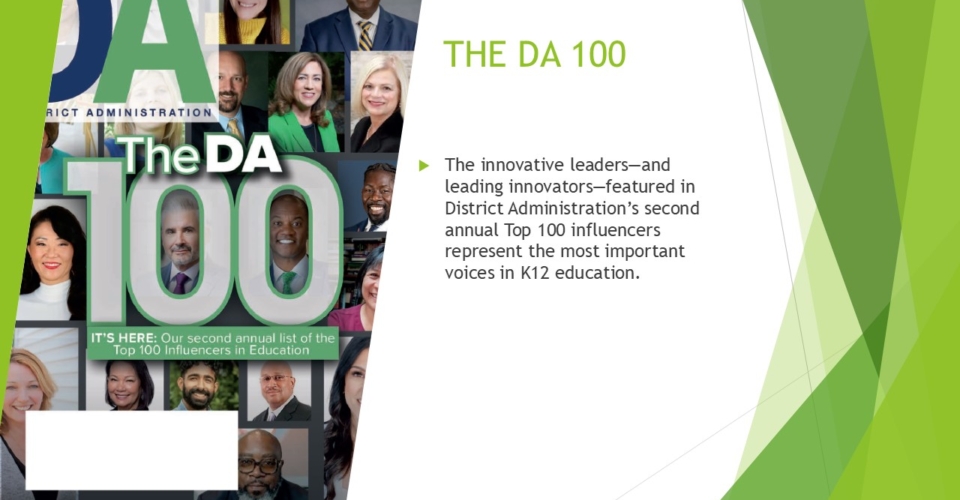About $51 billion in pandemic federal aid is still available for K12 schools to leverage ahead of the September deadline. This looming “fiscal cliff” will end many districts’ ties to resources essential to close learning gaps and mitigate other pandemic disruptions. Now, researchers are calling on education leaders to take advantage of their remaining funds in four ways to ensure students are on the path toward academic recovery.
Annual test data from 30 states analyzed in a report by researchers at Harvard and Stanford universities offers district leaders a glimpse into how students are performing academically since the pandemic. The good news is that there are signs that learning gaps are closing, specifically in reading and math. However, there’s still work to be done as many states’ test scores continue to lag.
“Many schools made strong gains last year, but most districts are still working hard just to reach pre-pandemic achievement levels,” Thomas Kane, faculty director of the Center for Education Policy Research at Harvard University and co-author of the report, told The Washington Post.
More from DA: Is high turnover now leading to higher superintendent salaries?
Several school districts were featured in the report for their success in helping students rebound from the pandemic. Alabama’s Birmingham City Schools, for instance, implemented innovative educational programs and interventions that extended instruction time and produced higher math scores, the data shows.
Superintendent Mark A. Sullivan explained to the researchers that they started school early (the first of August), continued for nine weeks then gave students a week off.
Birmingham also restructured classroom sizes to allow for more targeted remediation (around 14-16 students), partnered with six universities to give students opportunities for high-dosage tutoring, worked with the district attorney’s officer to provide social resources and used ESSER funds to provide free after school care in every elementary school.
“We are outperforming where we were before the pandemic… We made a 73 last year to 72 this year,” Sullivan said of the district’s improvements in state report card scores. Before the pandemic, the district received a 66, 68 and 71, the report notes.
“We should thank teachers and principals and superintendents for what they’ve done for American schoolchildren in the last year; their efforts have led to strikingly large improvements in children’s learning,” Sean Reardon, professor of poverty and inequality at the Stanford Graduate School of Education and co-author of the report, said in a statement. “But we shouldn’t lose sight of the fact that the recovery has been uneven and we have a long way to go. Academic performance remains lower and more unequal than in 2019 in all but the wealthiest communities in America.”
In light of these findings, the researchers are calling on education leaders to take the following four steps ahead of the ESSER spending deadline to close these gaps:
- Inform parents whose children are below grade level in math or English and recommend summer learning
- Consider expanding summer learning seats
- Extend recovery efforts by contracting for high-quality tutoring and after-school programs before September
- Local government, employers and community leaders must also work to help schools lower absenteeism, an issue that has plagued schools since the pandemic.
“No one wants poor children to foot the bill for the pandemic but that is the path most states are on,” said Kane. “States need to take leadership and ensure that every last dollar of the remaining federal relief is spent on academic recovery efforts, like summer school, high-quality tutoring and after-school instruction.”



